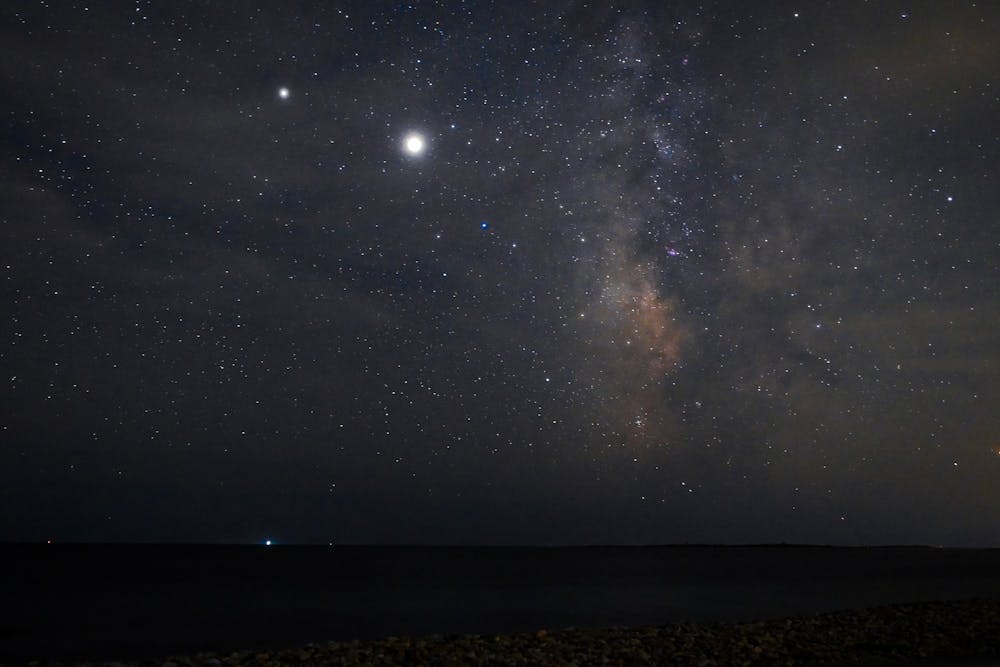A team of researchers from Penn, Rensselaer Polytechnic Institute, and Queen’s University published a study on Tuesday announcing they had discovered the first evidence of “shell structures” in the Milky Way galaxy.
The team’s research provides new insight into a broadside collision between the Milky Way and a dwarf galaxy that occurred almost 3 billion years ago. Penn assistant professor of physics and astronomy Robyn Sanderson co-authored the published paper.
Published in The Astrophysical Journal, the team's findings help answer questions that scientists have been asking for decades about the history of the galaxy and the universe, the study states. In 2001, astronomers discovered an unusually high density of stars in a region later named the Virgo Overdensity, but the peculiar region’s origin was unknown. The new evidence of Milky Way shell structures helps explain the region's formation as a result of the collision of galaxies.
Shell structures are curved planes of stars, formed when one galaxy collides head-on with a much smaller galaxy. The structures can be thought of “like umbrellas” of stars, according to RPI. Scientists had discovered shell structures in other galaxies prior to the new study, but the vantage point of Earth made observing the Milky Way difficult — scientists were looking at the Milky Way from the inside out.
The new study identifies two shell structures in the Virgo Overdensity and two more in the Hercules Aquila Cloud region of the Milky Way.
The team’s research provides evidence that a radial, or head-on, collision between the Milky Way and a dwarf galaxy produced the Virgo Overdensity. Their research also estimates that the dwarf galaxy began to collide with the Milky Way about 2.7 billion years ago.
RPI describes this type of radial merger as "the stellar version of a T-bone crash." Most stars in the Milky Way have been incorporated into the galaxy through tidal mergers, a different process in which gravitational "tidal forces" pull stars from a smaller galaxy into a long cord that moves in sync with the larger galaxy's halo. According to RPI, radial mergers are considered far less common than tidal mergers.









